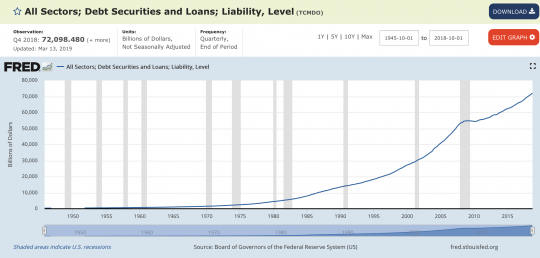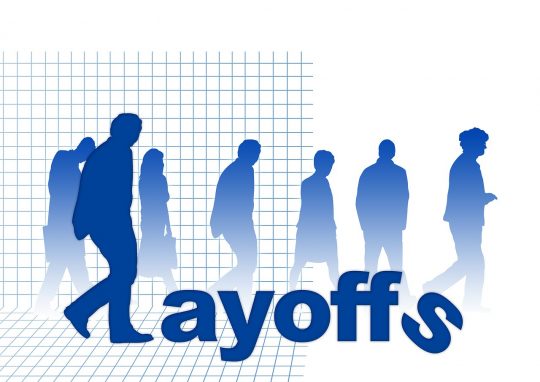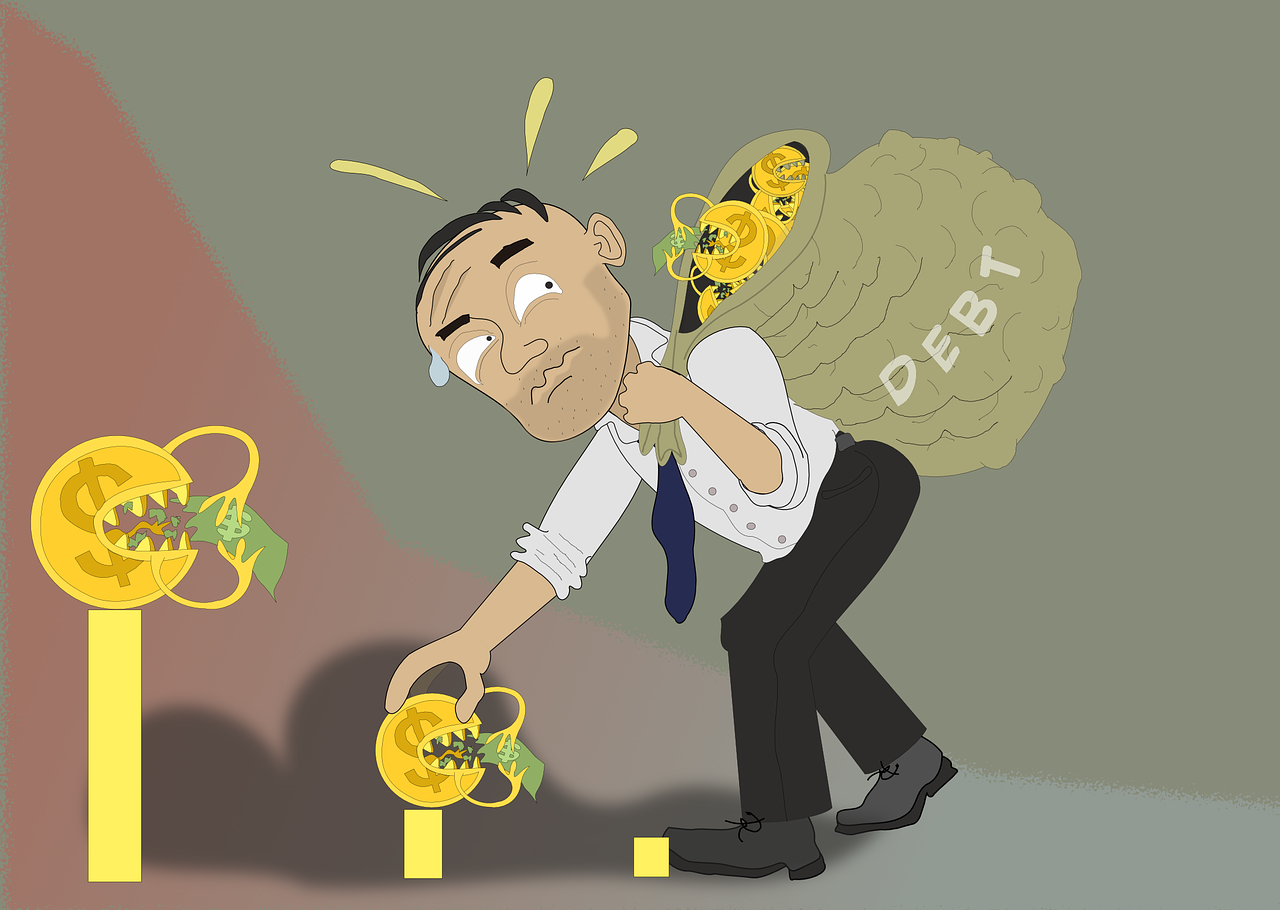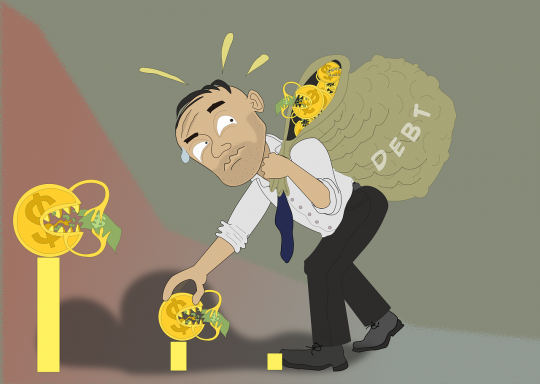 The global economic slowdown is really starting to accelerate. Just within the past few days, we have gotten more really awful global manufacturing numbers, the trade war has expanded to more nations, and the Nasdaq has officially entered correction territory. We have not witnessed this sort of global economic environment since the Great Recession, and if the economic chaos continues to escalate it won’t take too much to spark a brand new financial crisis. Of course the global financial system is far more vulnerable than it was back in 2008, and so if we stay on the path that we are currently on we could be facing a nightmare scenario very rapidly.
The global economic slowdown is really starting to accelerate. Just within the past few days, we have gotten more really awful global manufacturing numbers, the trade war has expanded to more nations, and the Nasdaq has officially entered correction territory. We have not witnessed this sort of global economic environment since the Great Recession, and if the economic chaos continues to escalate it won’t take too much to spark a brand new financial crisis. Of course the global financial system is far more vulnerable than it was back in 2008, and so if we stay on the path that we are currently on we could be facing a nightmare scenario very rapidly.
Let’s talk about the manufacturing numbers first. The numbers coming out of Germany are already at a crisis level, and manufacturing is also now contracting in Japan, South Korea and China as well.
Overall, global manufacturing as a whole has now fallen into contraction territory for the first time in seven years…
Global manufacturing was the weakest since 2012 last month, a victim of mounting trade tensions and further reason to worry that the world economy is weakening.
With softness in Germany, Japan, the U.K. — as well as the lowest U.S. result in a decade — IHS Markit’s global Purchasing Managers Index fell to 49.8 in May, below the 50 level that divides expansion from contraction.
The reports underscore the growing threat posed by the escalating U.S.-China trade war, and they coincided with a fresh warning from Wall Street about recession risks.
The reason why so many people are freaking out about these numbers is because this is exactly what we would expect to see if we were entering a global recession.
Meanwhile, global financial markets are looking increasingly shaky. On Monday, the Nasdaq fell another 120 points and it has now officially entered correction territory…
Stocks ended mostly lower Monday, June’s first day of trading, amid reports that the U.S. government is planning to target a host of big tech companies with antitrust and business practice probes. Shares of Alphabet, Amazon, Facebook and Apple all weighed on the market during Monday’s session.
The Nasdaq dropped 1.6% to enter correction territory, closing more than 10% below its record high set in late April.
The term “correction territory” might not mean a lot to many of you, so let me put what is happening in terms you may understand.
On Monday alone, America’s most prominent tech stocks lost approximately 150 billion dollars in value. It looks like the Trump administration is getting ready to go to war with the big tech companies, and that is really, really bad news for tech investors. The following comes from Breitbart…
The Masters of the Universe got hit hard by investors on Monday. Like $150 billion hard.
Shares of the top tech giants fell sharply on Monday after reports that U.S. antitrust regulators had divided up oversight of the sector, with the Department of Justice assuming responsibility for Alphabet and Apple and the Federal Trade Commission taking on Facebook and Amazon. This triggered fears that the government could mount challenges to the business models of the companies.
Shares of Alphabet dived 6.1 percent on Monday after the Wall Street Journal reported that the Justice Department is in the early stage of preparing an antitrust probe of the company. Reuters reported that the Department of Justice is also looking into Apple’s business for possible antitrust violations.
Speaking of war, our trade conflict with China continues to escalate. The mainstream media hasn’t been talking much about it, but apparently the Chinese have decided to put purchases of U.S. soybeans “on hold” until a trade agreement is reached…
China, the world’s largest soybean buyer, has put purchases of American supplies on hold after the trade war between Washington and Beijing escalated, according to people familiar with the matter.
State-grain buyers haven’t received any further orders to continue with the so-called goodwill buying and don’t expect that to happen given the lack of agreement in trade negotiations, said the people, who asked not to be named because the information is private.
U.S. soybean farmers have been sitting on unprecedented amounts of soybeans in hopes that an end to the trade war would raise prices.
But instead, demand for U.S. soybeans is going to go through the floor, and this could potentially force thousands of soybean farmers into bankruptcy.
And in addition to our trade war with China, the Trump administration has apparently decided that now is a good time to start a trade war with Mexico…
From produce to cars, a wide variety of Mexican goods could become more expensive if Trump follows through on his threat to hit Mexican imports with tariffs that soon could climb to 25%. Trump wants to pressure Mexico into doing more to halt the flow of Central American migrants to the U.S. via the Mexican border.
The tariffs, set to begin June 10, would gradually climb to 25% on Oct. 1 if Mexico doesn’t take steps “to dramatically reduce or eliminate” the number of migrants, Trump said Thursday. Such a strategy would hurt American shoppers, the economy and stocks, experts say, just as U.S. growth is slowing and the threat of more tariffs on Chinese imports looms larger.
At least in this case the U.S. and Mexico are still talking, and so perhaps some kind of resolution can be reached.
On top of everything else, the Trump administration has also just decided to add India to the trade war as well…
Mr. Trump on Friday said India would be removed from the U.S.’s privileged-trading program called the Generalized System of Preferences on Wednesday. Under the decadeslong program meant for some developing economies, the U.S. had allowed India to avoid tariffs on certain exports to the U.S. in the interest of promoting tighter trade ties and development.
India, the U.S.’s ninth-largest trading partner, is a top beneficiary of the GSP program. Mr. Trump’s move will add tariffs of as much as 7% on Indian exports of goods like chemicals, auto parts and tableware to the U.S., which in 2018 accounted for more than 11%, or $6.3 billion, of India’s total exports of goods valued at $54.4 billion, according to the Congressional Research Service, a research agency for the U.S. Congress.
A global trade war is going to be incredibly painful for everyone, and this is all happening at a time when the global economy was already starting to slow down substantially.
Here in the United States, a lot of businesses are really starting to notice a big decline in economic activity. Here is just one example that was published on Zero Hedge earlier today…
Down here, in Texas, I am seeing a big drop in economic activity over the last 6 months. Our healthcare businesses’ volume over this period is at 629, down from 770, year-on-year, almost a 20% decline, and the worst six month decline in our 15 year history. We have been pulling out all of the stops for business development, cutting overhead, and running all the QC traps to determine if it is something within our business, within our local market, within our industry, or having to do with the economy in general.
In this period, we have seen seven competitors go out of business in our city. We have recently confirmed similar experiences with colleagues in Kentucky, Colorado, and elsewhere in Texas. One of them asked me, “If this is not temporary, what would the strategy be?” My response was, “Hunker in the bunker and wait for everyone else to die.”
This is what we have all been preparing for, and things are going to get progressively tougher in the months ahead.
Unfortunately, most Americans are completely and totally clueless about what is ahead. Today, 59 percent of all Americans are living paycheck to paycheck, and the truth is that the vast majority of us are entirely unprepared to go through another recession.
And of course many believe that what we are facing is going to be much worse than just a “recession”. A perfect storm is rapidly coming together, and the chaos that we have seen so far is nothing compared to what is rapidly approaching.
 About the author: Michael Snyder is a nationally-syndicated writer, media personality and political activist. He is the author of four books including Get Prepared Now, The Beginning Of The End and Living A Life That Really Matters. His articles are originally published on The Economic Collapse Blog, End Of The American Dream and The Most Important News. From there, his articles are republished on dozens of other prominent websites. If you would like to republish his articles, please feel free to do so. The more people that see this information the better, and we need to wake more people up while there is still time.
About the author: Michael Snyder is a nationally-syndicated writer, media personality and political activist. He is the author of four books including Get Prepared Now, The Beginning Of The End and Living A Life That Really Matters. His articles are originally published on The Economic Collapse Blog, End Of The American Dream and The Most Important News. From there, his articles are republished on dozens of other prominent websites. If you would like to republish his articles, please feel free to do so. The more people that see this information the better, and we need to wake more people up while there is still time.
















